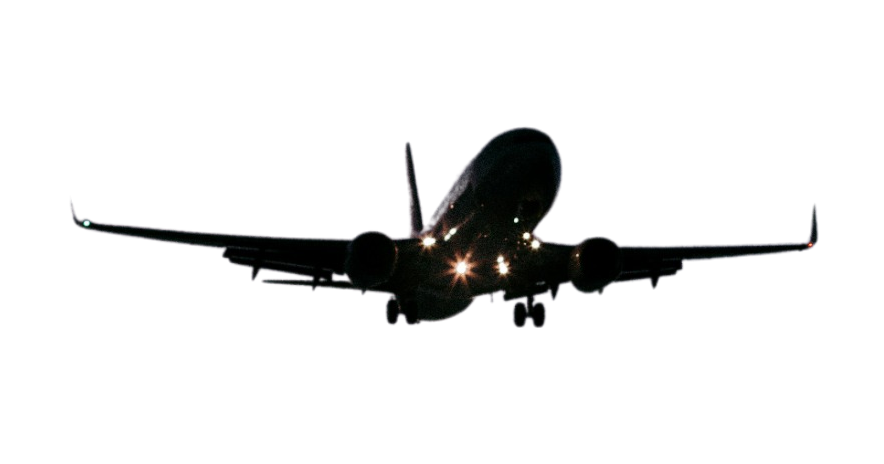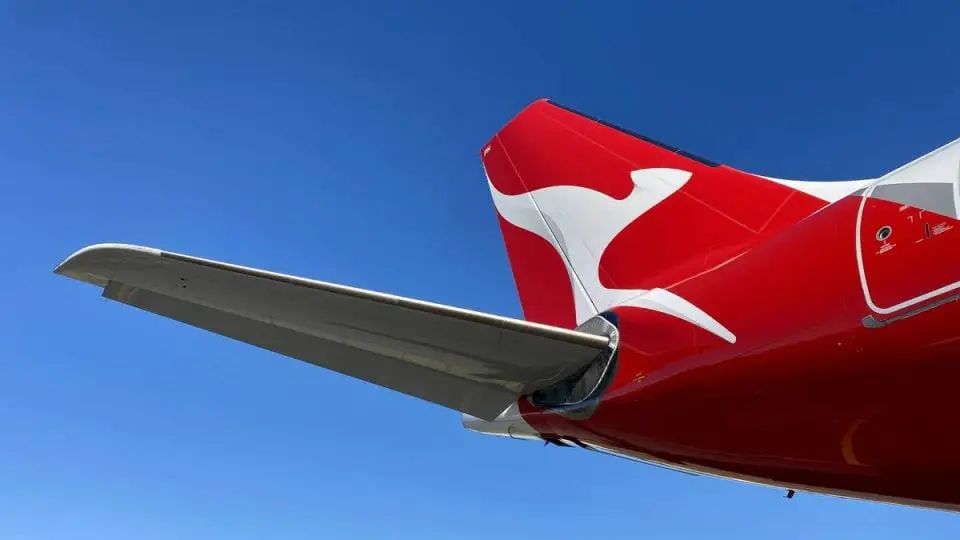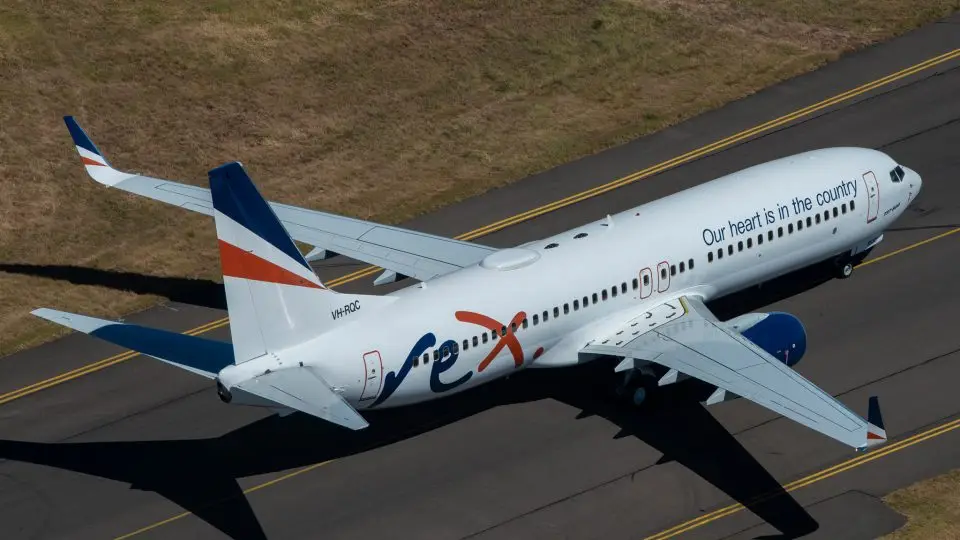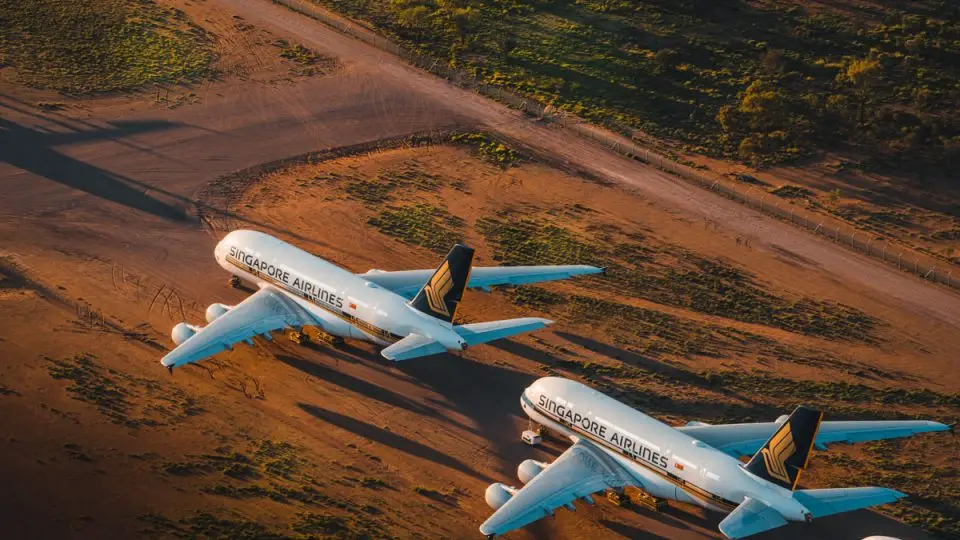Qantas Confirms Major Aircraft Order And 2025 Project Sunrise Launch
Qantas’ Project Sunrise: ultra-long-haul flights, advanced Airbus fleet, sustainability goals shaping future global travel.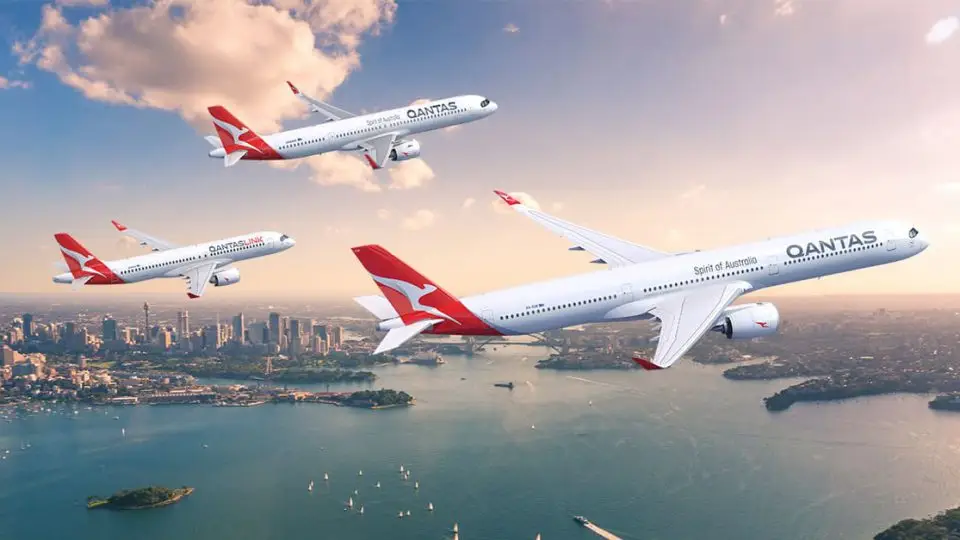
In what must be nearing the hundredth fleet renewal media event, The Qantas Group has today shared the finer details of its international and domestic network plans for the next decade and beyond.
The flying kangaroo has locked in a firm order for 52 Airbus aircraft, including 12 Airbus A350-1000s that Qantas will deploy for its ‘Project Sunrise’ operations from 2025. The airline will also have purchase options for another 94 jets, making this Australia’s largest aircraft order in history, and worth some serious coin. Although airlines do receive sizeable discounts for bulk fleet orders, hence why Qantas has placed such a large order with Airbus.
The flight between Australia’s eastern states and London or New York is not easily achieved, but specially-modified A350s are set to take on additional fuel tanks among other technological advances to make the mammoth trip a reality. At today’s media launch in Sydney, Qantas Group CEO Alan Joyce spoke to the backdrop of an A350 specially flown in from Toulouse.
“New types of aircraft make new things possible. That’s what makes today’s announcement so significant for the national carrier and for a country like Australia where air travel is crucial,” he said.
“Throughout our history, the aircraft we’ve flown have defined the era we’re in. The 707 introduced the jet age, the 747 democratised travel and the A380 brought a completely new level of comfort. The A350 and Project Sunrise will make any city just one flight away from Australia,”
Mr Joyce also touched on sustainability, with these newer aircraft reducing emissions by at least 15 percent when running on traditional jet fuel, and even further when running on Sustainable Aviation Fuel.
“This order brings us closer to our commitment to reach net zero emissions by 2050. Project Sunrise will be carbon neutral from day one,” he added.
Project Sunrise To See The Light In 2025
Qantas has placed an order for 12 Airbus A350-1000 jets to operate non-stop ‘Project Sunrise’ flights between Australia and cities including New York and London. In fact, these aircraft are capable of operating a direct flight from Australia to any other city in the world. That power comes from added fuel tanks and Rolls-Royce turbofan engines which are 25 percent more fuel-efficient than previous generation aircraft.
Qantas says they plan to fit their A350s with 238 seats across four classes, with more than 40 per cent of the cabin dedicated to premium seating:
- 6 First suites complete with a privacy door, separate bed and lounge chair, individual wardrobe and a 32” inflight entertainment screen
- 52 Business seats with direct aisle access
- 40 Premium Economy seats at 40” pitch
- 140 Economy seats at 33” pitch

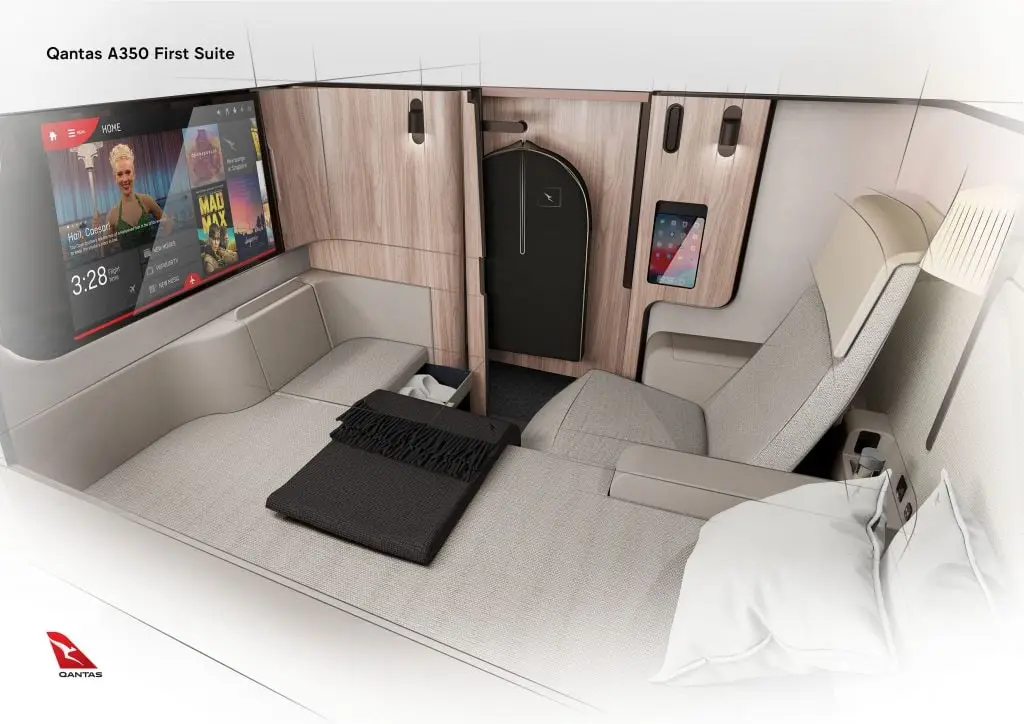
The aircraft will be specially configured for improved comfort on long flights, with a shared wellbeing zone located in the centre of the aircraft. This is a place for passengers to stretch their legs, grab a self-serve snack and follow along with digital displays providing movement and stretching recommendations
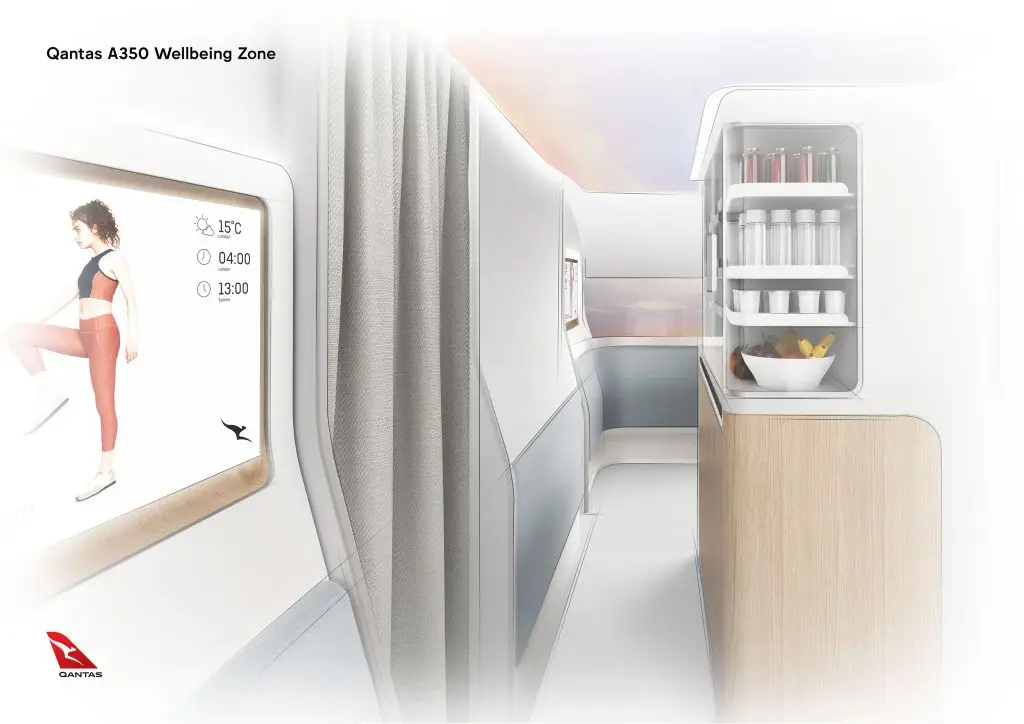
Project Sunrise services are scheduled to depart Sydney at the end of calendar 2025.
Qantas Refreshes Domestic Fleet For All-Airbus Operations
The red roo has locked in an order for 20 of each the Airbus A321XLR and A220-300 narrow body jets for its ‘Project Winton’ domestic fleet renewal program. These aircraft are set to swap out for Qantas’ existing narrow body fleet of Boeing 737 and Boeing 717 aircraft.
A220 deliveries are set to touch down late next year, but we will have to wait until 2024 for the A321XLR. Qantas has also negotiated purchase right options for another 94 A220 and A321 jets for delivery through to at least 2034.
When compared to its B717 predecessor, the A220-300 represents a 25 percent increase in capacity, with no reduction in legroom. Qantas will configure its A220s for 137 passengers, comprising 10 seats in Business and 127 in Economy. Note, there is no middle seat! The type boasts almost double the range at over 6,000 kilometres, meaning it can fly between any city in Australia and even operate short-haul international services.
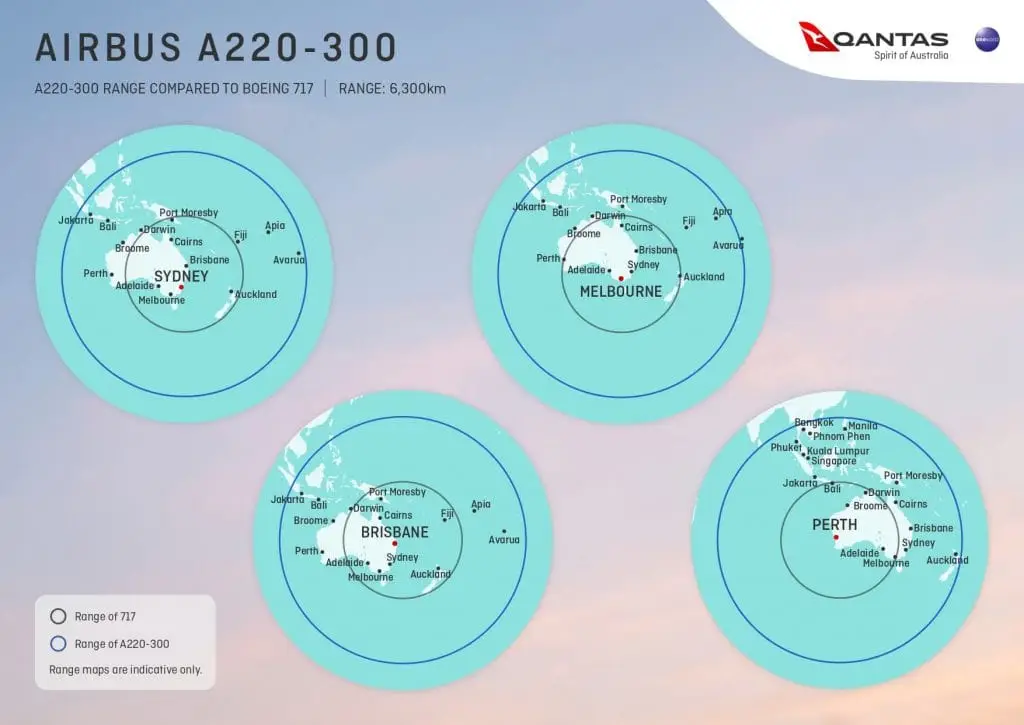
Qantas’ new A321XLR will be five metres longer than the outgoing 737-800 workhorse, and configured to seat 200 passengers, with 20 in business and 180 in economy. That’s a 15 percent increase in seating capacity, with no reduction in legroom. The A321XLR is capable of flights up to 8,700km, opening up a wider range of direct domestic and short-haul international routes.

Both aircraft types will be powered by Pratt & Whitney Geared Turbo Fan engines, which offer an impressive 50 percent reduction in noise levels compared to retiring aircraft. These new engines combined with the latest in fuel-saving developments means that on a per-seat basis the A220-300 burns 28 percent less fuel than the 717. The larger A321XLR burns 17 percent less fuel per passenger compared with the 737.
Summing Up: Editor’s Take
Qantas has always been an airline that looks to make history and redefine the way we travel. It’s great to see ultra-long-haul Project Sunrise flights locked in, albeit years away with much fanfare and several press events in between. The choice to include 140 Economy on the A350 seats was a shock to me, as sitting in such seats for 20+ hours, even with seat pitch set at 33 inches, sounds like a challenge. Up front, the tease of upcoming First Class suites is quite tempting and I look forward to exploring these in more detail.
As an Airbus lover, I am thrilled with the choice to refresh the domestic fleet with Europe’s largest aircraft manufacturer. From the middle-seat-free A220 to the sleek A321, I can’t wait to test out Qantas’ new hard products over the coming years. Although, with that comes a difficult goodbye to one of my favourite aircraft, the Boeing 717…
Related posts


